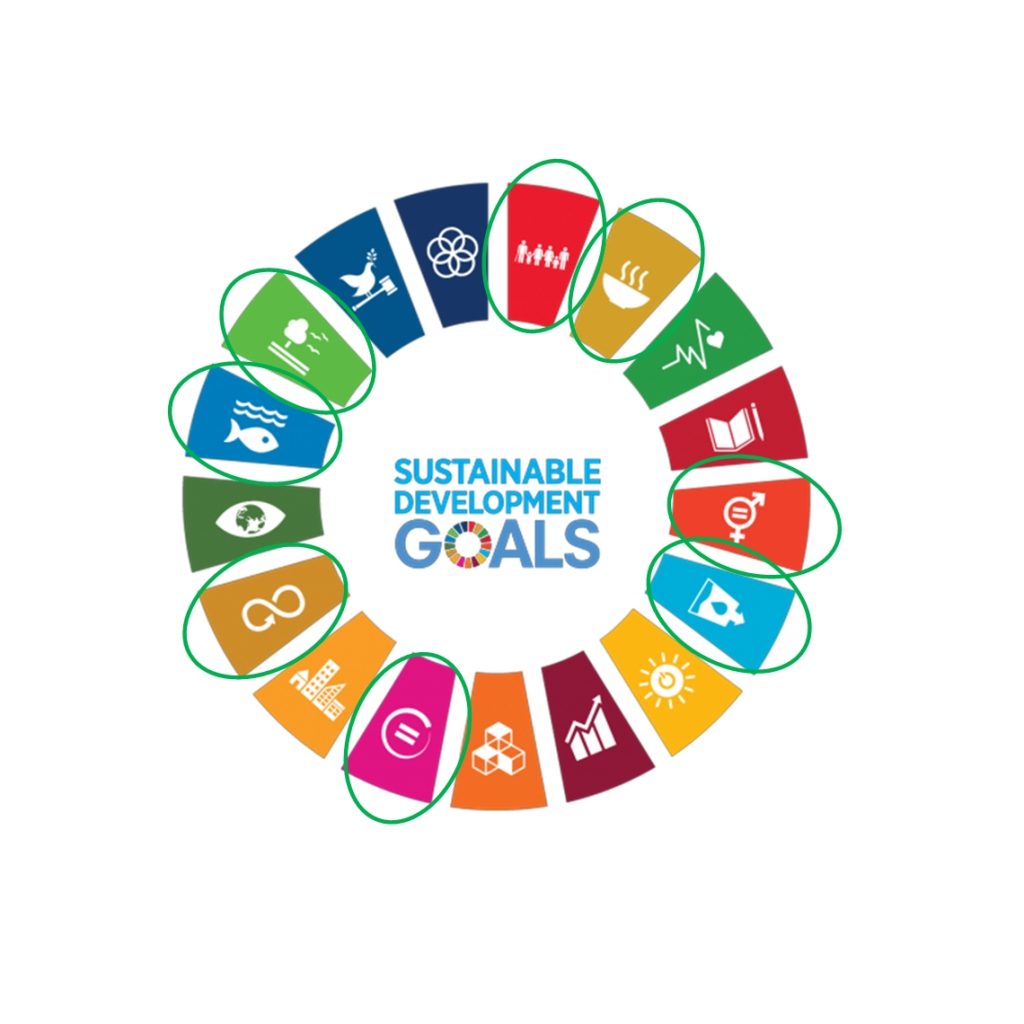Warning
Do you sell prepackaged food? Then the labels must comply with the Commodities Act Decree on Food Labeling. Mandatory indications and indications on prepackaged foods are:
- the name of the product;
- the net quantity;
- the minimum best-before date or use-by date;
- details about producer, packer or seller.
Depending on the product, the Commodities Act Decree on Food Labeling contains additions to the above list.
What should be on the label of foodstuffs?
The label of foodstuffs must contain certain information. Such as the name of the product, the name and address of the producer and the content (quantity). But also a list of the ingredients, the best before date and the production code or batch code.
Ingredients
Some ingredients can cause allergies or hypersensitivity in humans. Examples include cow’s milk, legumes and shellfish. Manufacturers must list these ingredients on the label.
Additional Information
In addition to the mandatory information, other information may also appear on a label, such as:
- E numbers: these are additions to a product that improve or change the properties of that product. Such as colourings and flavourings. Only manufacturers within the European Union are allowed to use E numbers.
- Organic: producers are not allowed to simply put the term organic on a label. This is only allowed if certain production methods meet high standards of environmental conservation and animal welfare. Does a label say a product is organic? In that case, the producer must state who the inspection authority is. And which company number this organization has.
- Genetically modified organisms (GMOs): if a product consists of more than 0.9% GMOs, this must be stated on the label.
- Origin: does a product contain more than 50% animal components such as meat, fish and dairy? Then producers must state on the label in which country or region they make this product. This obligation does not apply to eggs and honey.
- Nutritional value: the nutritional value indicates the energy value of a product and which nutrients it contains. For example, how much protein, carbohydrates, fiber, vitamins and minerals.
- Nutritional claims: a nutrition claim says something about the composition of a product. It indicates whether a product contains more or less of a particular nutrient. Examples are ‘low sodium’ or ‘light’. There is a list of scientifically proven nutritional claims. Producers are only allowed to put these claims on a label.
- Health claims: A health claim describes the relationship between a nutrient in a product and its effect on health. For example, ‘Vitamin C contributes to the maintenance of the immune system’. There is a list of scientifically proven health claims. Producers are only allowed to put these claims on a label.
New labeling rules
The rules for the labelling of foodstuffs are being adapted. These include mandatory:
- nutrition declaration: clearly legible information on the label about the energy value and the amount of fat, saturated fats, carbohydrates, sugar, proteins and salt.
- allergen declaration (also on unpackaged foodstuffs): mention of the allergy information.
- (extension of) the designation of origin: indication of the country of origin for fresh meat from pigs, poultry, goats and sheep.
There will also be more emphasis on reliable, non-misleading information.
For whom?
- Food producers.
- Retail.
- Wholesale.
When?
The Commodities Act Decree on Information on Foodstuffs will come into effect on 13 December 2014. The Commodities Act Decree on Labeling of Foodstuffs and the Commodities Act Decree on Nutritional Information on Foodstuffs will expire.
Related articles to What needs to be considered when labelling food?
Many customers and visitors to this page 'What needs to be considered when labelling food?' also viewed the articles and manuals listed below:



